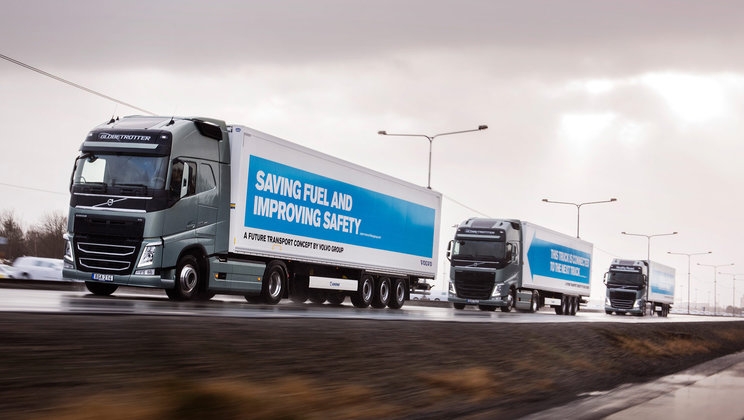Part 2: Connected and Automated Vehicles, and Truck Platooning -> Discussion


Part 2 (SIS 30): Connected and Automated Vehicles, and truck platooning
Discussion (by Richard Easley)

We look forward to next year where we will again learn of the latest advancements in the world of truck platooning.
